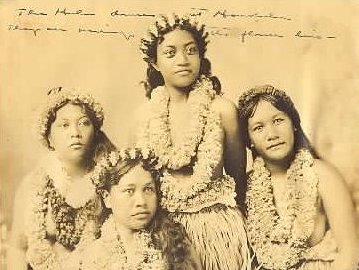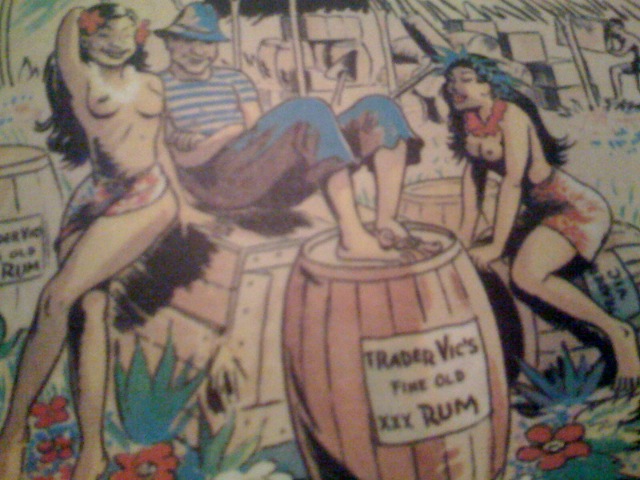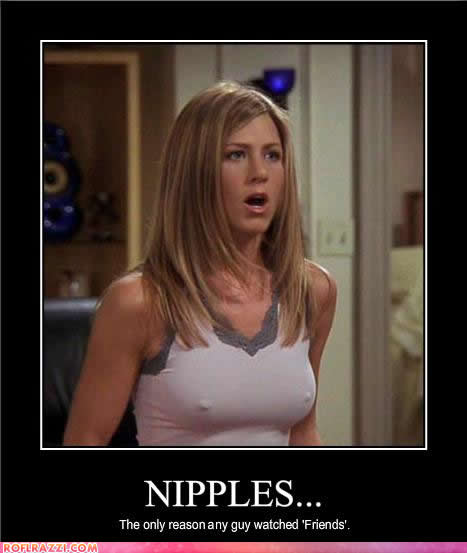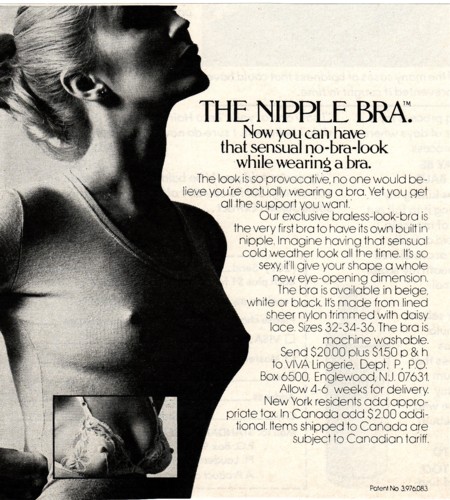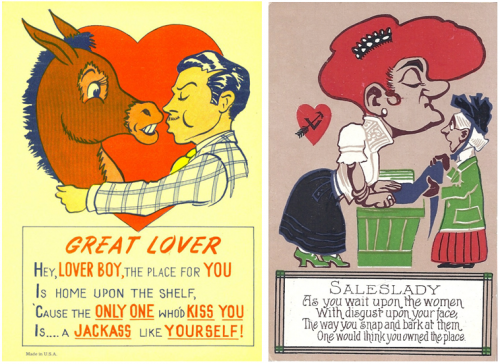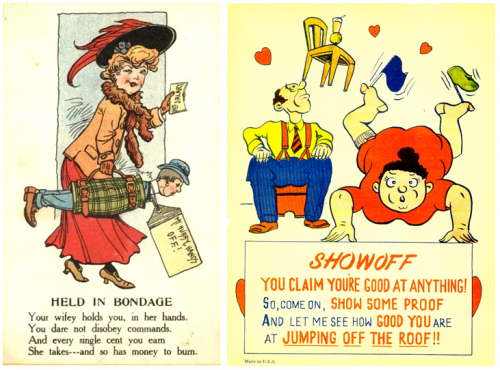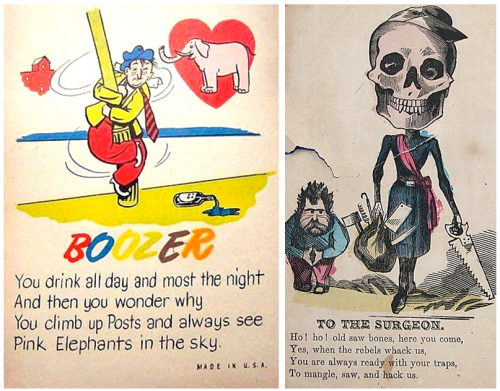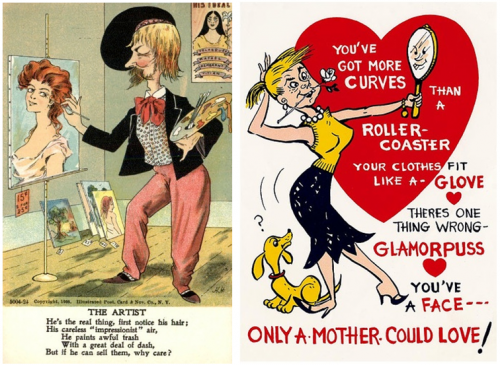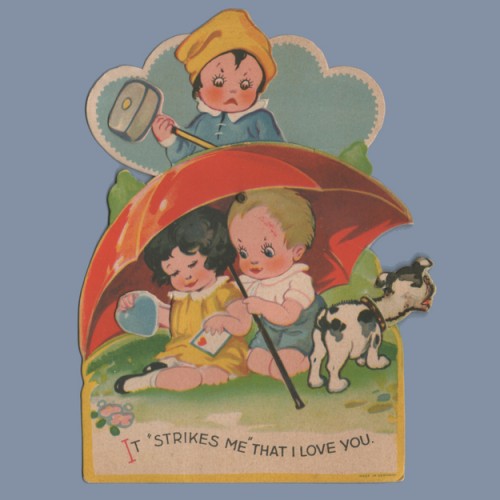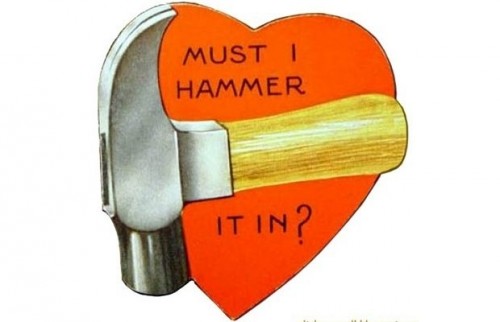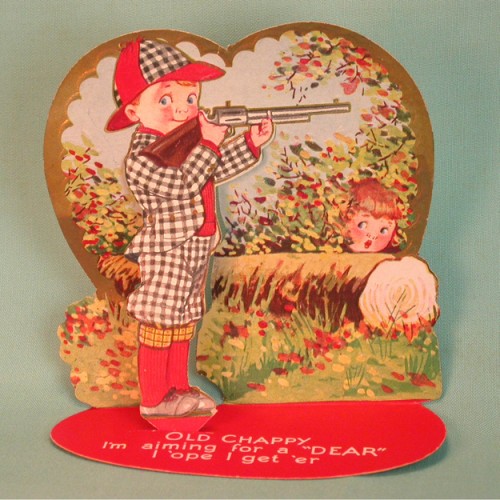Originally posted in 2010. Re-posted in honor of Women’s History Month.
The New York Public Library posted a page from the first issue (September 1941) of Design for Living: The Magazine for Young Moderns that I thought was sorta neat for bringing some perspective to the increase in the amount and variety of clothing we take as normal today–but also, to my relief, the acceptance of a more casual style of dress. The magazine conducted a poll of women at a number of colleges throughout the U.S. about how many of various articles of clothing they owned. Here’s a visual showing the school where women reported the highest and lowest averages (the top item is a dickey, not a shirt):
Overall the women reported spending an average of $240.33 per year on clothing.
Hats for women were apparently well on their way out of fashion:
Can you imagine a magazine aimed at college women today implying that you might be able to get away with only three or four pairs of shoes, even if that’s what women reported?
At the end of the article they bring readers’ attention to the fact that they used a sample:
I can’t help but find it rather charming that a popular magazine would even bother to clarify anything about their polling methods. So…earnest!
Gwen Sharp is an associate professor of sociology at Nevada State College. You can follow her on Twitter at @gwensharpnv.




